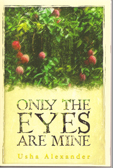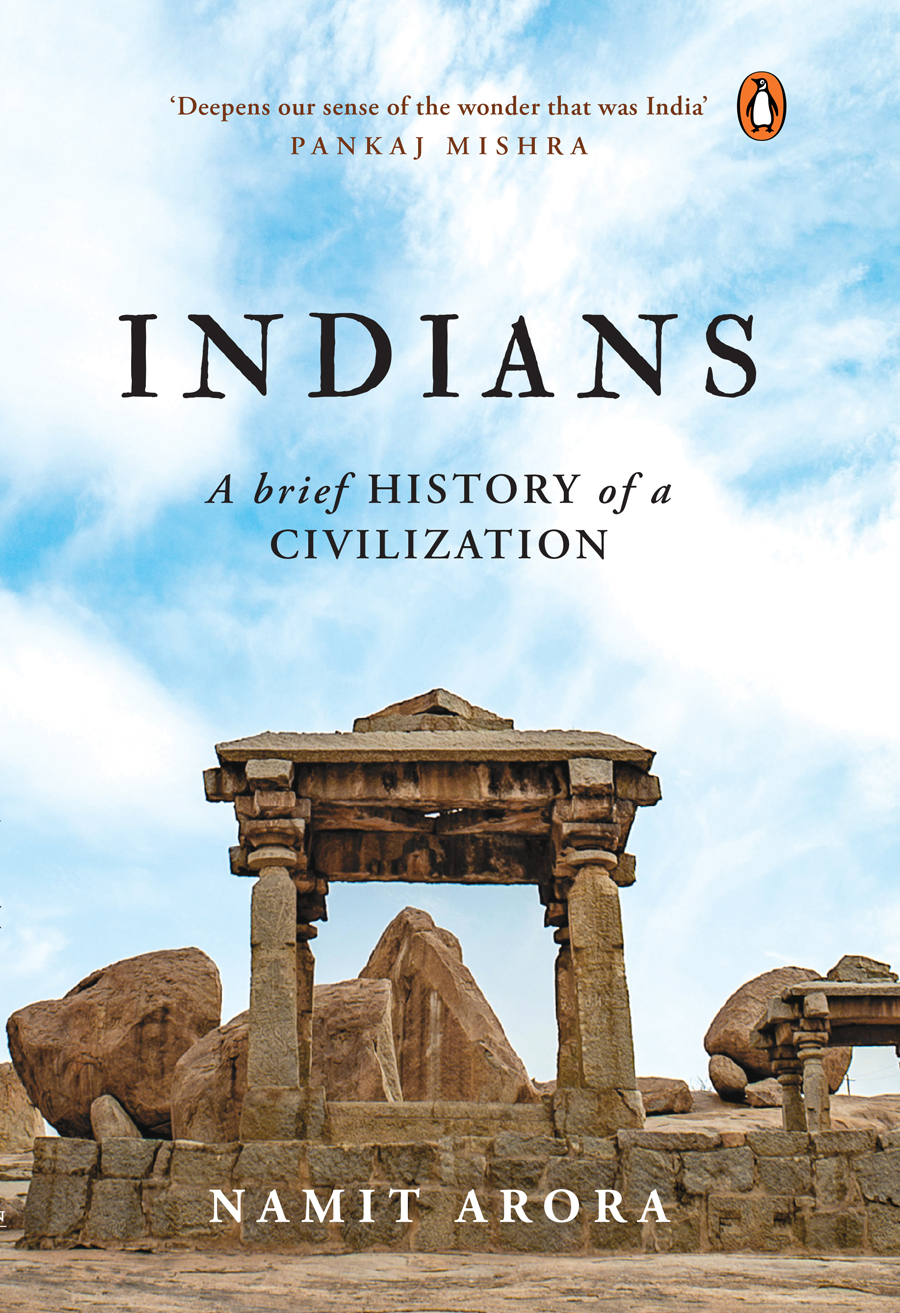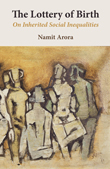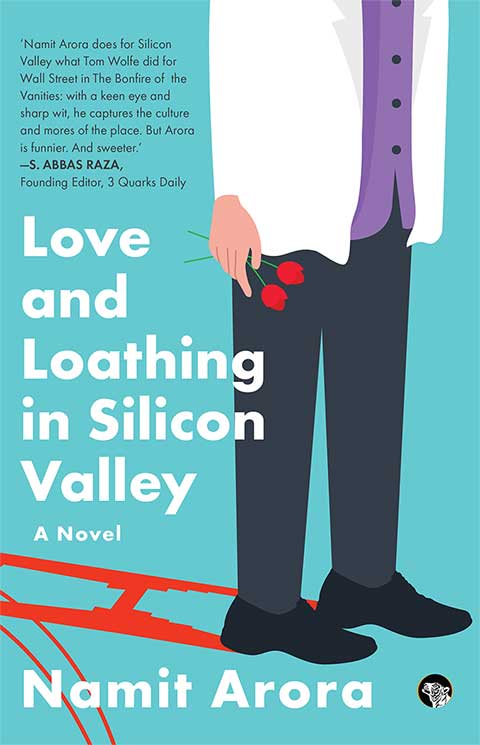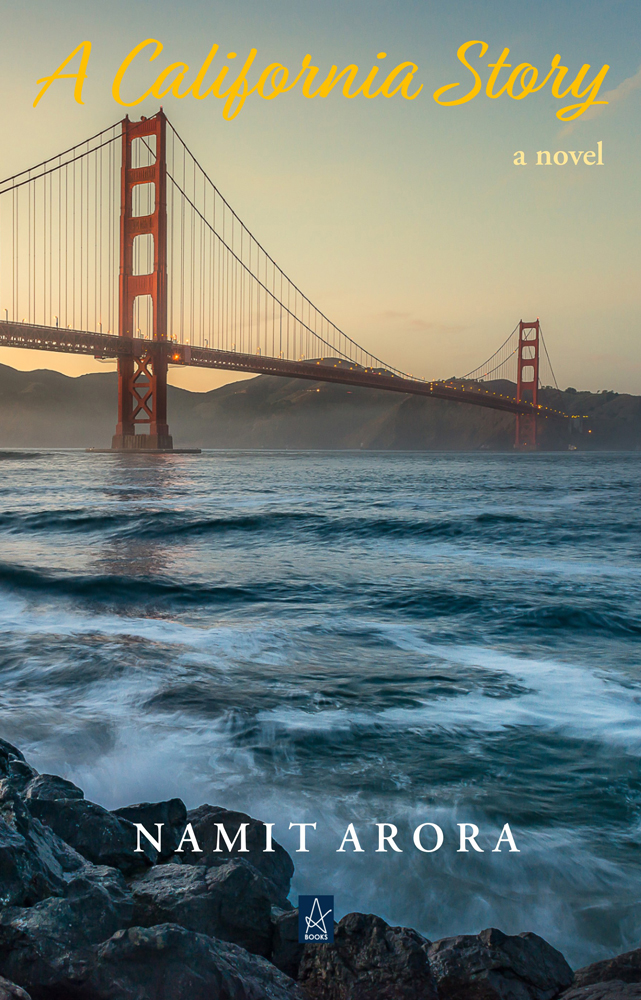| Index of articles from the Blog |
| Animals |
| Anthropology & Archaeology |
| Art & Cinema |
| Biography |
| Books & Authors |
| Culture |
| Economics |
| Environment |
| Fiction & Poetry |
| History |
| Humor |
| Justice |
| Philosophy |
| Photography |
| Politics |
| Religion |
| Science |
| Travel |
Books by
Books by
|
By Usha Alexander | Nov 2011 | Comments
|
As it happened, the mausoleum was closed for renovation. Disappointed, I mused that perhaps the real reason for closing the mausoleum was to hide the evidence that Mao had been turning in his grave of late: watching China grind from feudalism to communism to capitalism in a mere half century cannot be good for his repose. If “communism” means a classless society with a centrally planned economy in which the state owns the primary means of production, then poor old Mao—as the man who fought for it, forged it, and upheld it for decades—became irrelevant long ago. And though the frozen Mao may still be revered, the pulse of China throbs now to a different beat.
§ On the Bund in Shanghai, along the west bank of the Huangpu River, the morning sun illuminates the Victorian edifices from an era even before Mao’s time. These old buildings, once bold proclamations of European wealth and power, were the seat from which colonial men had exercised their commercial interests in China. England had made a killing pushing drugs, setting up opium dens, strong–arming the decaying, dissolute Chinese monarchy with firepower when they tried to outlaw the drug that was devouring their cities. Today those façades appear quaint and antique. Freshly scrubbed for tourists, they now overlook a wide pedestrian path that curves along the riverbank and hums with the traffic of families, lovers, and raffishly clad youths, chattering, snapping photos, sucking Coca-Cola, badgering their parents to buy all manner of trinkets and toys on offer, and generally basking in the glow of their emerging prosperity. Above them, shiny towers of glass and steel rise like a golden promise across the river in Pudong—which had been a sleepy farmland as recently as the 1990s—as if proclaiming the final victory of Chinese capitalist self-determination. After dark, the buildings become gargantuan video billboards and their spectacular display of lights over the river turns every Shanghai night into a gorgeous celebration of consumerism. Nearby on Nanjing Road, shoppers throng and bustle through the neon lanes. China’s pace and direction of change in the past few decades must surely astonish and bewilder all those raised under the shadow of Chairman Mao. This was my first visit to China and, naively, I had expected it to look and feel more "Third World" and communist, and less like a shopping mall. Even after spending the first four days of the trip in Shanghai, I still believed that once outside this flagship city of modernity, the "real" China would present itself, someplace more like India: mired in insatiable poverty, broken and crumbling yet reverberating with ancient history and flamboyant diversity. But, in fact, none of this proved to be true—for better or for worse, quite the opposite. Travel in China is much more comfortable than in India: Roads are modern, wide, and in good repair. Buses are comfortable and dependable, usually air conditioned, and not over-stuffed. Trains are clean and relatively roomy, with proper waste disposal. In fact, everywhere we went, even in the smaller cities, there was little evidence of the physical decay one sees in India. China’s infrastructure is modern and fully-functioning; power is reliable; water is plentiful; though the air is quite foul with industrial pollution—probably worse than in India—city streets are free of trash and frequently lined with trees and bushes; stray dogs and livestock are nowhere to be seen.
For me, the most enjoyable aspect of the trip was the challenge and opportunity presented to communicate with people across an immense language gap, for I speak not a word of Chinese and English has little penetrated China. Staring at Chinese writing without a key left me mystified, my mind twisting into knots trying to imagine how complex ideas are communicated through them. But in the pursuit of a vegetarian meal, a bus ticket, or a night’s lodging, I got to experience the patient warmth and good–humored curiosity many Chinese displayed toward me and my partner, both as outsiders and as Indians. Wherever we went, people wanted to chat—or at least try. Ordering a meal in a restaurant typically provided amusement not only for the clutch of waitstaff who gathered around, but most other diners in the establishment, as well. We never were sure what we would get until it arrived at the table. Whenever we needed directions or assistance, bystanders patiently worked with us despite the communication gap. They all seem to have missed the memo that India and China are officially not on the friendliest of terms. As an aside, I also noted the utter lack of suspicion against my dark skin color. Generally anywhere I’ve lived or traveled within the lighter-skinned world, I’ve sensed some level of reflexive fear or aversion to dark skin, some groupthink, subrational discomfort that usually persists below the awareness of those who possess it. Even when it’s not overt or aggressive, it’s nearly always there, a subtle anxiety. I’ve taken it as a given in the world. But in China, I sensed no such thing; this took me entirely by surprise. While the Chinese expressed a good deal of wonder toward us as Indians, their curiosity seemed untainted by primitive fears or unseemly stereotypes. Quite the contrary, it was surprising how many people simply related to India as the land of the Buddha, a figure clearly held in high esteem, despite whatever prohibitions there may be against religion. §
On the other side are listed the near anarchic freedom of life in India, its free media, tolerance of dissent, and independent judiciary. The idea of using the vote to attain one’s ends and resolve disputes between groups is now deeply embedded in the Indian psyche, and a plethora of political parties compete for votes. Traditional culture and religion are allowed to flourish even as new ideas catch fire, fueling freewheeling social and political change—whereas, the Chinese government systematically uproots and squelches tradition (as in Tibet and with the Falun Gong), censors information from internet search engines and other media, silences its political dissidents, tightly regulates the movements of its citizens within the country, and inflicts draconian punishments—averaging 10-15 executions a day (down from over 25 a day in 2005), even for relatively small crimes.
What historical accidents might explain the divergence between these neighboring lands? How much can be attributed to Mao and the decades of communism that he infused into Chinese society? Can it be simply that China’s shiny exterior is a result of its centralized, authoritarian, top–down administration—one that’s not too squeamish to sacrifice a few heads as part of their structure of incentives and disincentives? Or is it more likely that their current realities reflect much deeper and more essential differences in their cultural substrates, forged over long stretches of history, making facile comparisons meaningless? What is certain is that these two ancient peoples are on very distinct paths, politically and culturally. Both journeys will be fascinating to witness. |
Designed in collaboration with Vitalect, Inc. All rights reserved. |
|




